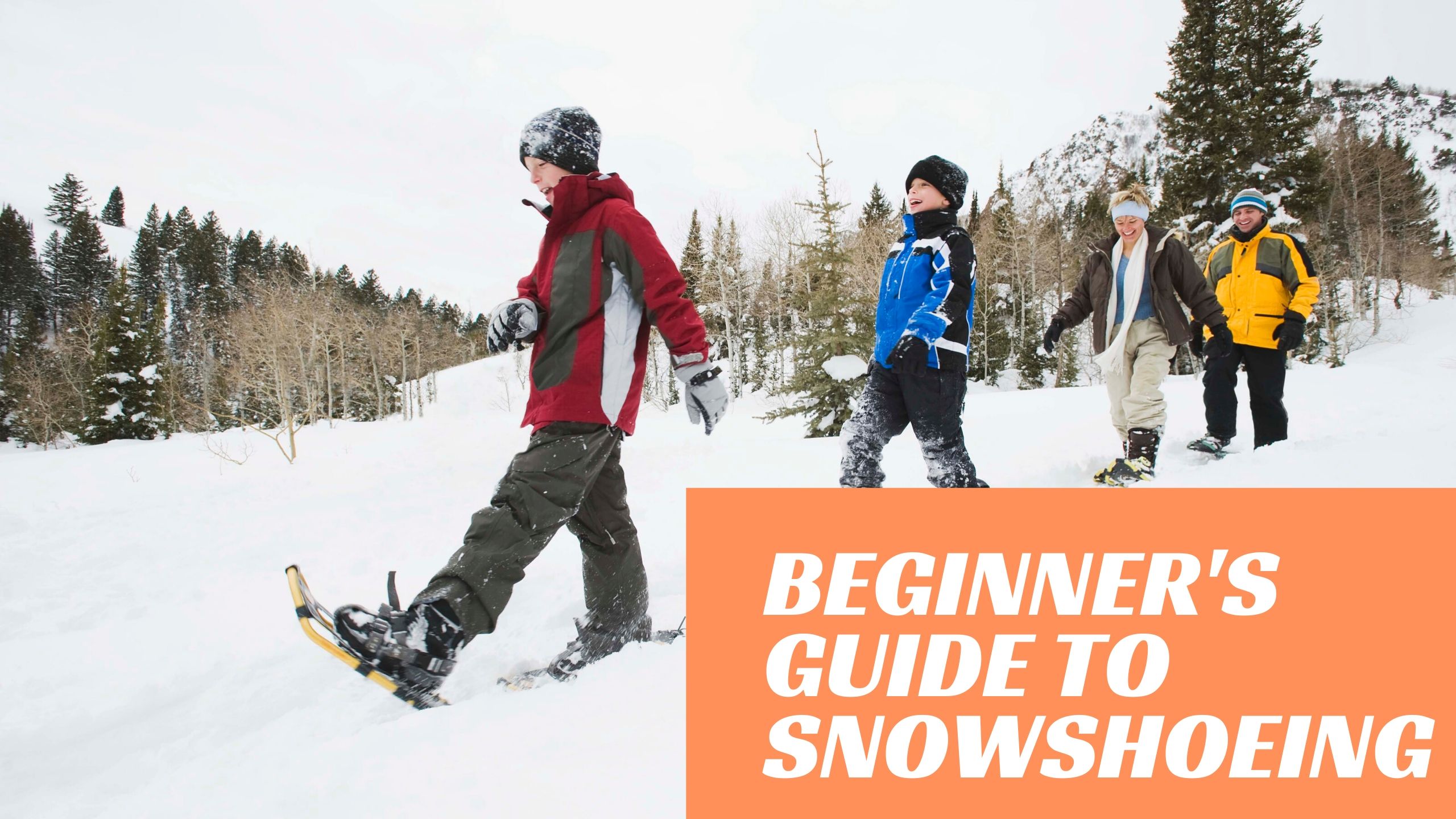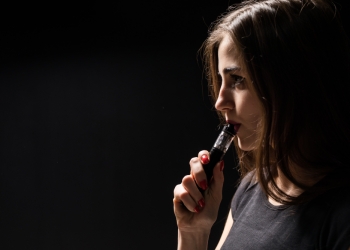It isn’t as commonly heard of as are skiing, snowboarding, mountaineering, and trail running; but snowshoeing has emerged as a common form of winter sports among cold states. The convenience and easy accessibility of the gears is credited to the increasing demand for the sport. Enthusiastic travellers opt to snowshoe because it increases the accessibility to the unexplored regions on the mountains.
Over the years, snowshoeing has constantly emerged as a common form of sports because it has no associated danger. Anyone who can walk has the ability to snowshoe. It can be considered a great form of socializing because a large group of friends can go out together to enjoy this sport. Apart from exploring the mountains, you would be making new worlds by socializing. But, possibly, there can arrive at a situation where your feet start sinking in the snow. Read the sections below to avoid that kind of common mistake and understand what is snowshoeing exactly.
What is Snowshoeing
Yes, snowshoeing is walking with snowshoes on snow. But precisely, what is it? Snowshoeing is basically an exercise to maintain your body during the cold winter months. Walking for a long time with the supporting gears and the snowshoes will keep the blood flowing in your body and energize you for the season. Apart from the basic purchases that you have to make (for example supporting gear and snowshoes), there is no additional cost required for snowshoeing. It’s basically a free sport that can be enjoyed with people of all age. The only common factor that unites the snowshoeing lovers globally is their love for adventure and enthusiasm to try new things.
Another great reason to start snowshoeing is solitude. During the cold winter months, the popular tourist attractions are scantly crowded with adventurous people like you. It can be a great way of coming across like-minded people and enjoying nature’s beauty in peace.

What to wear snowshoeing
Now that you’ve made your mind to snowshoe, you would be worried about the required tools and equipment. These will make your journey more comfortable and ensure your delight by keeping the frustration off. Imagine snowshoeing as nothing more than a form of hiking, where along with the shoes, you will be wearing a supporter that distributes your weight equally. It may sound tedious for now to walk with those supporters on, but it will feel normal once you start doing it. These supporters help you stay above the snow while you walk. Try walking without them and you’ll see how your feet sink directly in the snow in no time.
Along with these supporters and snowshoes, you’d need a carry bag to include basic items like spare clothes, food, and water. Don’t forget to buy poles as walking without them in the snow would be impossible. They give your body the support it requires walking over the uneven land.
While wearing snowshoes, remember that you don’t wear them directly. It is important to have a base of other footwear that helps you feel warmer during the strong winter days. Check that your snowshoes are warm, comfortable, and waterproof (No one likes getting wet feet in snowy regions). Dress according to the weather and wear multiple layers of clothes one over the other. For your pats, wear ankle-length pants that cover the area inside your snowshoes. This will help in keeping the snow away from your feet.
How to choose snowshoes?
The major question that bothers the mind of first-time enthusiasts is – How to choose snowshoes? As a beginner, you should learn more about the different types of snowshoes to improve your understanding of the subject. The kind of snowshoes you choose depends on your body, terrain, and the type of snow you will be walking over.

-
Back country Snowshoes
Suited for steeper slopes with more snow, the back country snowshoes are built with stronger binding. The crampons (which are tooth-shaped) on their surface are larger than the other shoes. This is done to suit the routines of avid snow hikers. If you plan on wearing them as a beginner, they will ruin your entire experience. This is because the fitting of these shoes will make your feet super uncomfortable and there won’t be anything that you could do, once you’re in the snow.
-
Fitness Snowshoes
Also known as racing snowshoes, these shoes completely justify their name with their purpose. The narrow design of the snowshoe is built for cross-trainers and snow racers. It gives them a better fit to race and walks faster as compared to the people who wear other types of shoes. The surface area of these shoes is lesser than its brothers because people wearing them usually walk over a groomed surface.
-
Recreational Snowshoes
Perfect for beginners, the recreational snowshoes have very small crampons beneath them. These help you to adjust the shoe according to your convenience and terrain conditions. Wearing recreational snowshoes would be perfect on a gentle slope with moderate ice. For other conditions, the shoes will not benefit the wearer in any kind. They come with a smaller surface area at a cheaper price because it is the most common form of snowshoes, purchased globally.
-
Women’s Snowshoes
The women’s snowshoes are more fitted and narrower than men’s shoes. They are created for the body structure and shape of a leaner person. This is also credited to the fact that women’s feet are smaller than that of men. When you see a colourful snowshoe, understand that it belongs to this specific category.
The snowshoes woodland manufactures basically come with different appearances with the laced up being the common form. The foam-padded collars and tongues of the shoe provide a relaxed fitting for your feet. This will help you walk for long hours, without hurting your feet. If you read the Quechua snow boots review, you would understand that Decathlon makes the best kind of snowshoes for women and men equally. These snow boots have an internal system of thermal insulation that protects your feet from all the kinds of weather conditions.







